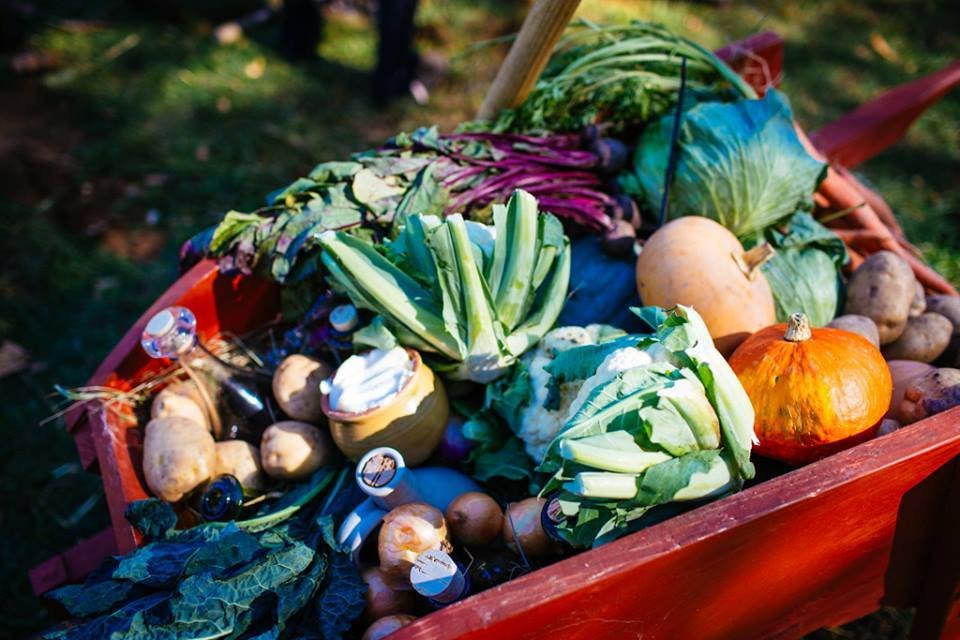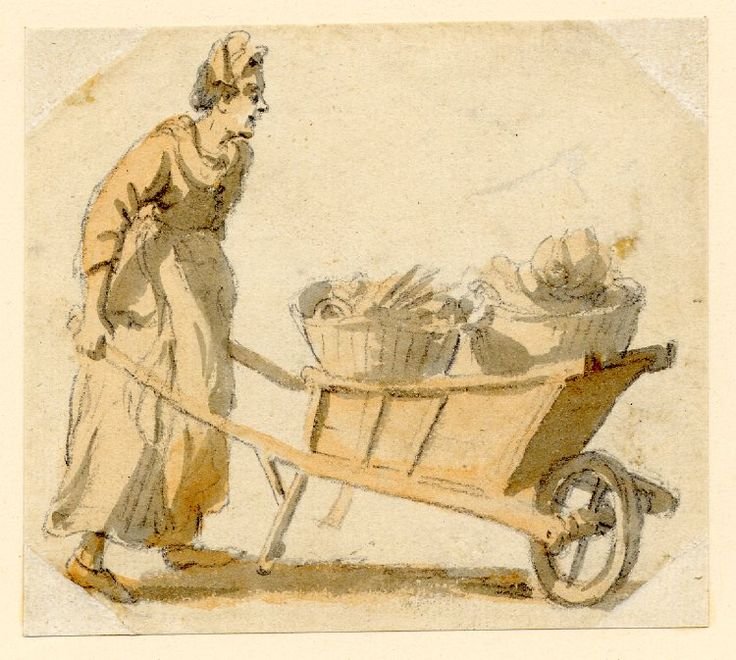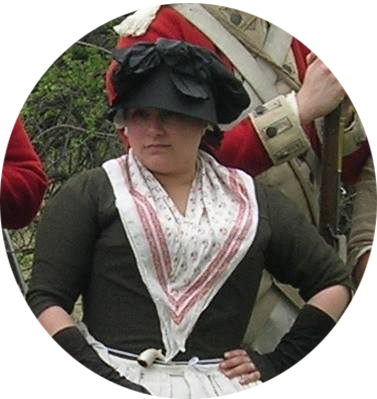Opening a Window to the Past
Over the next couple weeks, I am happy to announce that there will be a series of guest bloggers who have kindly accepted my offer to write a little blurb about their experiences in reenacting and research. The 17th Regiment of Infantry hopes that the readers will find that they share a common thread with the guests and welcome them with kind thoughts and responses as they have so kindly taken their time to write. This week we have a wonderful friend, Jenna Schnitzer, who has taught us so much about women's history as we remember to commemorate all the women who came before us. Well with that brief introduction please read on! Let us know your feed back on social media or in the comments box below.
Enjoy,Mary Sherlock- An attached follower of the 17th Regiment of Infantry

When I began reenacting several decades ago someone told me that the further away in time we get from events the less likely we are to understand them. This person also explained to me that everything that we can’t document we should just fill in using our imagination. I stood there listening but walked away thinking that this would never be my philosophy. I knew in that moment that research was the most important aspect in creating a sound impression. It’s now been almost 25 years and thankfully the hobby is changing. It’s changing for the better. The authenticity level has become appreciably better, interpretive focus has shifted toward sharing not only battles but daily activities in camp and garrisons. The improvements have been truly breath taking but the one area of the hobby I have seen the greatest improvement has been in those women portraying Soldier’s Wives.
The number of quality impressions has increased exponentially in the past decade. This quality has greatly affected our understanding of these remarkable women. When we are interpreting documented roles we are opening a window to the past. We are further away, this very moment, from the events of the American War for Independence yet our historical understanding of those who lived during this tumultuous time has never been greater. Perhaps my historical avuncular was wrong all those years ago? I have to say unfortunately, she was. Everything I learned over the years about good interpretive standards that combine both primary source documents and material culture is that there is virtually no place for imagination. The landscape is too rich and too full of detail to need any imagination. That’s what knowledge does. It replaces the need to imagine with real details. Details we have the privilege to pass on to the public and other historic interpreters.

Sometimes we are cornered by people who ask what we actually know about these women. As if we have no documentation or can’t put a complete picture together. This is usually because they are waist deep in an invalid impression that their unit endorses. What we do know certainly outweighs what we don’t. Soldiers Wives were an essential part of Army life in the 18th Century. It was prescribed that a certain percentage of a company had their wives, with children in tow, follow their husbands into war. They pulled a half ration while their children pulled a quarter ration. The reason was they were valued. They did a variety of tasks that provided the “necessities of life” for the fighting men. They laundered clothing, nursed the sick and wounded, sewed clothing by the piece when changes were made in the uniforms, worked as sutlers (selling goods and liquor under license of the Army) and cooked for money.
These wives were vital to the comfort and quality of life while on campaign. Sadly, this has not been seen in the reenacting community until recently. Female reenactors were confined to camp cooking for the men, working in a role that would have been just as foreign to a follower during the AWI as it is to us. In the past 40 years if female interpreters did anything outside of subservient roles it was almost always doing an activity that would never be seen in an army camp. We saw women taking tea, spinning, weaving, writing letters, embroidering, playing instruments and just about any domestic skill you can think of. None of this had a place in an army camp. The vast majority of Soldier’s Wives were from the lowest level of society, illiterate, indigent and unlikely had time for such “genteel” pursuits. The even more disturbing development in recent years is women dressed as women fielding during battles and shooting in petticoats and gowns, which should never happen at events. When I look at this I wonder how it benefits the public to leave with this vision of these hard working industrious women. I also wonder what benefit we as women lend to the camp experience if we are not benefiting the camp through work that the Army thought was so necessary.
 Photo by Wilson Freeman at Drifting Focus Photography
Photo by Wilson Freeman at Drifting Focus Photography
This is why it’s so important for me to portray a Petty Sutler. It allows me to provide supplies and goods that our reenactors really need. I do this on a barter system or sometimes if I’m lucky for reproduction specie. Having a wheel barrow groaning with seasonal produce, soap, needles, unfired brick dust, butter, thimbles and other small items brings a sense of realism to camp and provides some small “luxuries” to everyone. I feel very welcome rolling through with my cart of goodies much like a sutler from the AWI.
The reality is research is the foundation that allows historic interpreters to produce a valid portrayal. Creating an impression can be perplexing to people just entering the hobby. Improvement for those who have been in the hobby a long time can be even more trying. Letting go of a philosophy and perspective can be very difficult and needs to be met with patience. Luckily, as the hobby improves we are seeing women take on truly useful camp oriented activities. There is a plethora of impressions and activities to take part in that makes the female interpreter vital to the operation of camp. Followers were a valued person while on campaign hence our portrayals should carry equal weight. Some people balk at the gender specificity of these roles but I continue to embrace them. I continue to give a voice to those who have remained voiceless. I hope you do too.

Jenna Schnitzeris an aficionado of all things old because she can't cope with the modern world. She has surrounded herself with 18th and 19th century items that she has been told repeatedly are "really out of style." She is a member of the 62d Regt of Foot and is a researcher and lecturer on Followers of the British Army during the AWI period.

